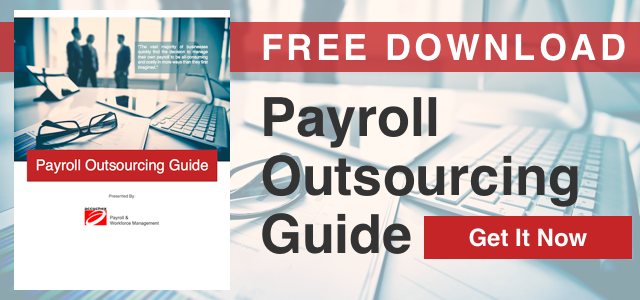 On March 13, 2014, President Obama signed a Presidential Memorandum directing the Department of Labor to update the regulations defining which white collar workers are protected by the Wages and Fair Labor Standards Act's (FLSA) minimum wage and overtime standards. For California labor laws, overtime rules will require adjustments for payroll management practices.
On March 13, 2014, President Obama signed a Presidential Memorandum directing the Department of Labor to update the regulations defining which white collar workers are protected by the Wages and Fair Labor Standards Act's (FLSA) minimum wage and overtime standards. For California labor laws, overtime rules will require adjustments for payroll management practices.
The U.S. Department of Labor’s (DOL) has proposed expansion of overtime protections which will impact millions of employees and their employers. The DOL last updated their regulations in 2004 which set the current salary threshold for exemption at $455 per week or $23,660 per year.
Proposed DOL Overtime Rules and Payroll Management
Under the new rule, the DOL is proposing that the minimum salary level for these exemptions be set at the 40th percentile of earnings for full-time salaried workers. This has been estimated for a 2016 level to be about $970 a week, or $50,440 a year. A new minimum annual compensation needed to qualify for the highly compensated exemption is proposed to be set at the 90th percentile.
According to the DOL website they want to update the salary level required for exemption to ensure that the Fair Labor Standards Act’s intended overtime protections are fully implemented, and to simplify the identification of nonexempt employees, thus making the executive, administrative and professional employee exemption easier for employers and workers to understand and apply.
New overtime rules and the impact on payroll management for employers
Legal cases involving overtime disputes are currently being heard in California and other places and the new rule changes may well increase the number of disputes.
A case was decided recently when the U.S. District Court in the Eastern District of California ruled in favor of Provident Savings Bank FSB. The bank had argued that the Fair Labor Standards Act allowed it to classify mortgage underwriters as being exempt from the law’s overtime rules, according to the law firm Blank Rome, which represented the bank.
There is a possibility that the decision in the class-action lawsuit could be appealed, and if it is, it will be heard by the U.S. Court of Appeals for the Ninth Circuit in California.
While the case involved the classification for mortgage underwriters, the ruling could have ramifications for companies outside the mortgage industry, since the Fair Labor Standards Act applies to all administrative employees. According to an attorney representing the bank, “If the Supreme Court takes the case, or even if it is decided at the appellate level, it’s likely that the decision would affect more than just mortgage underwriters. It could enunciate principles that would apply generally to administrative employees.”
The DOL estimates that 4.6 million workers and as many as 36,000 Highly Compensated Employees (HCE) workers will be newly qualified for overtime in the first year of this new rule, and the average annualized direct employer costs would total around a quarter of a billion dollars per year.
Key highlights of the DOL’s proposed overtime regulations:
- What the proposed rule will do
- Set the standard salary level at the 40th percentile of weekly earnings for full-time salaried workers ($921 per week, or $47,892 annually);
- Increase the total annual compensation requirement needed to exempt highly compensated employees (HCEs) to the annualized value of the 90th percentile of weekly earnings of full-time salaried workers ($122,148 annually); and
- Establish a mechanism for automatically updating the salary and compensation levels going forward to ensure that they will continue to provide a useful and effective test for exemption.
- When these changes will take effect
- Eligibility for overtime protections under the proposed rule
The DOL last updated these regulations in 2004 with a minimum salary threshold of $455 per week ($23,660 per year) for the white collar exemptions.
Getting Help With Your Payroll Management Challenges
Accurate and timely management and compliance practices are required for every business and every payroll professional. But there are options. Accuchex, a reputable payroll management services provider, can not only relieve you of the burden of your ongoing payroll process demands, but can potentially prove to be a more cost-effective solution, as well.
To get your Free Download: Payroll Outsourcing Guide click the button below and let us help you make an informed decision. Or you can call Accuchex Payroll Management Services at 877-422-2824.
Click to edit your new post...


